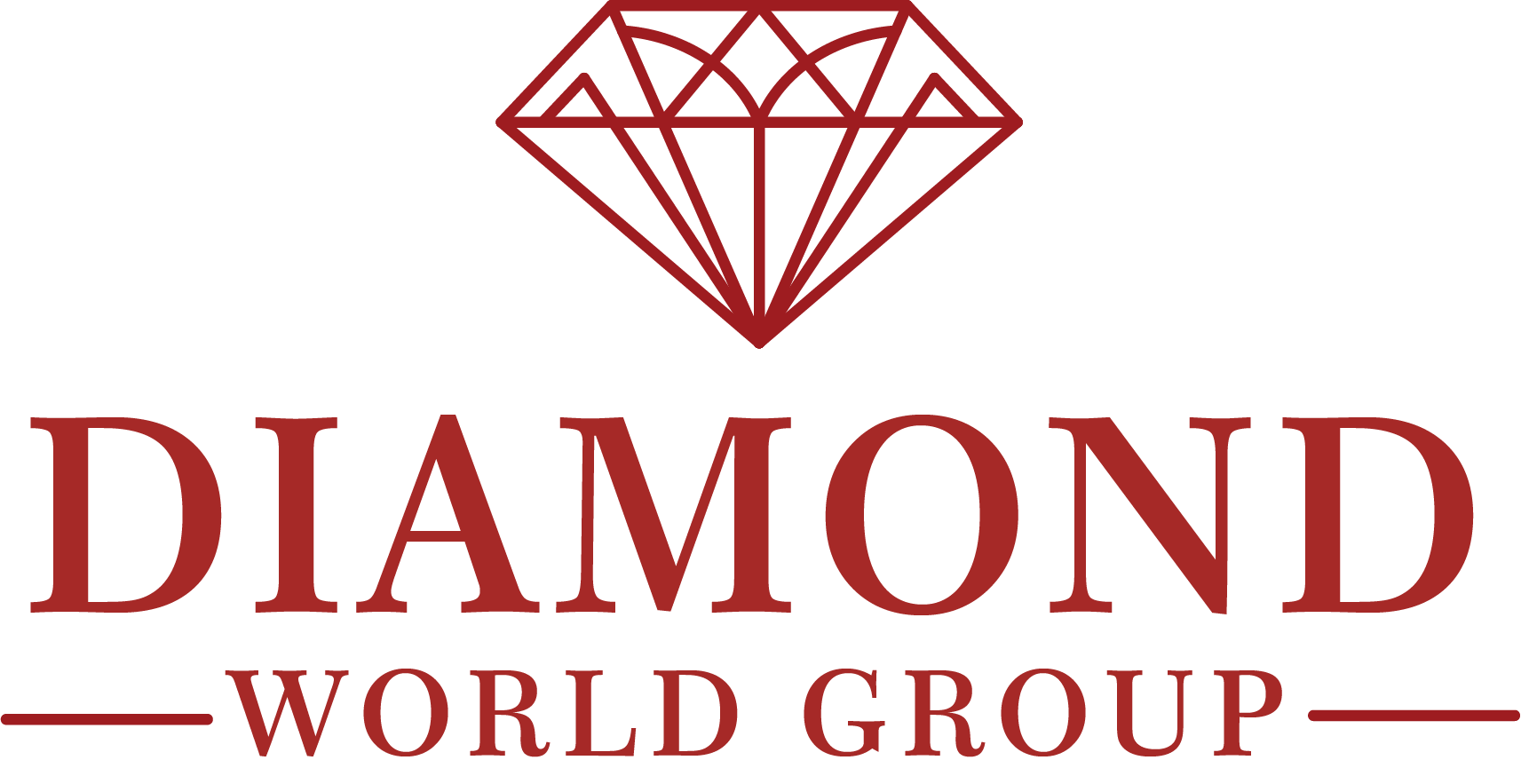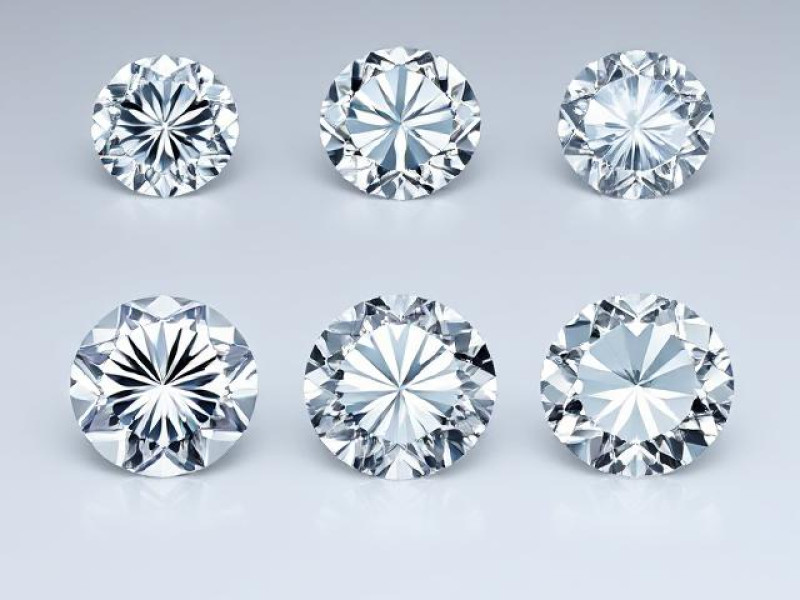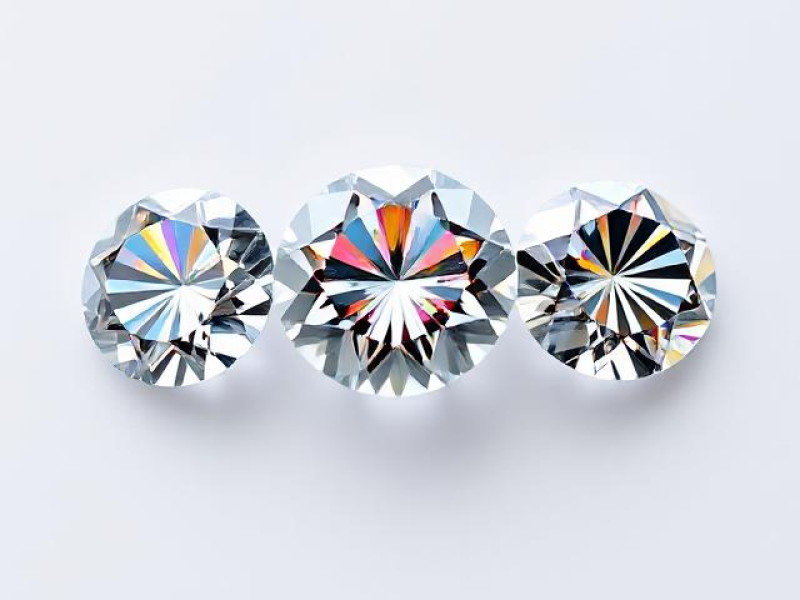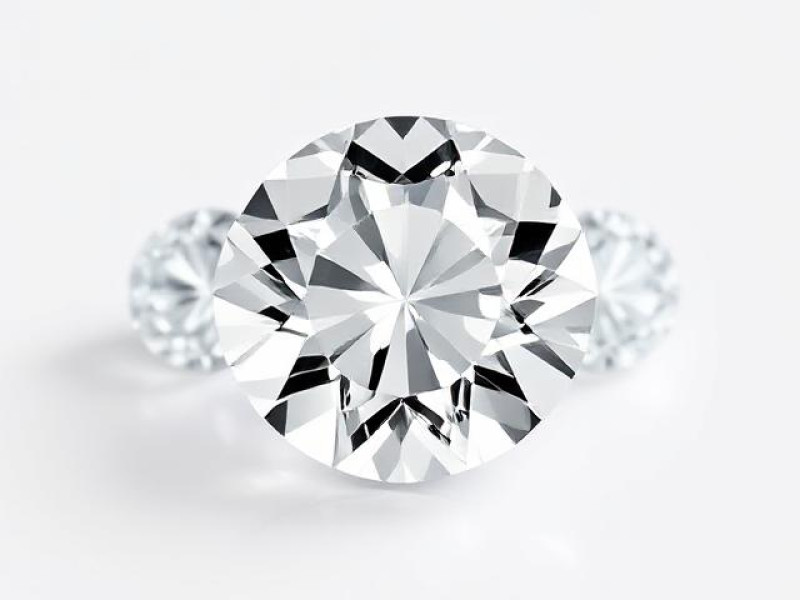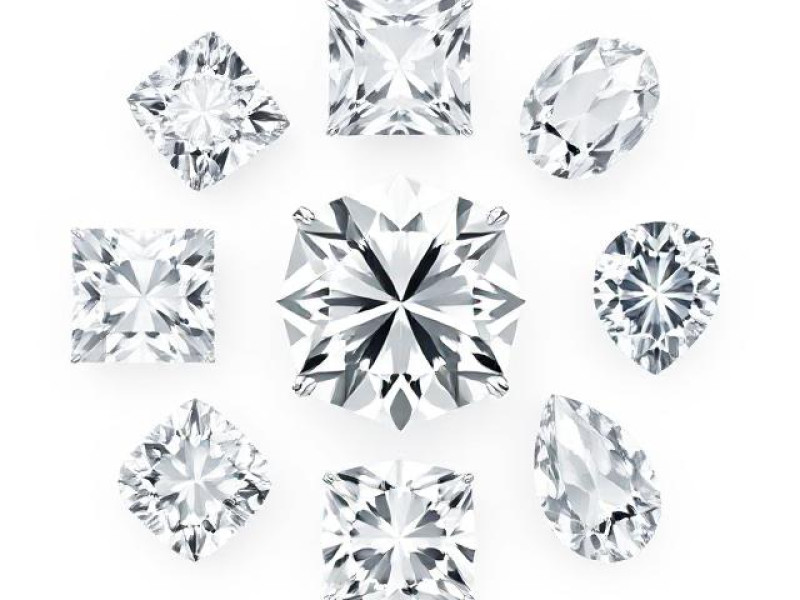Buying a diamond starts by understanding the unique characteristics of each stone. After all, no two diamonds are the same. To help you make sense of shopping for these timeless gems, diamonds are graded based off the 4Cs - cut, color, clarity, and carat weight. The 4Cs of diamonds impact a stone’s beauty and value. Keep reading to learn more about each of the diamond 4Cs, what these elements mean for diamond appearance and price, plus tips for finding the perfect diamond.
